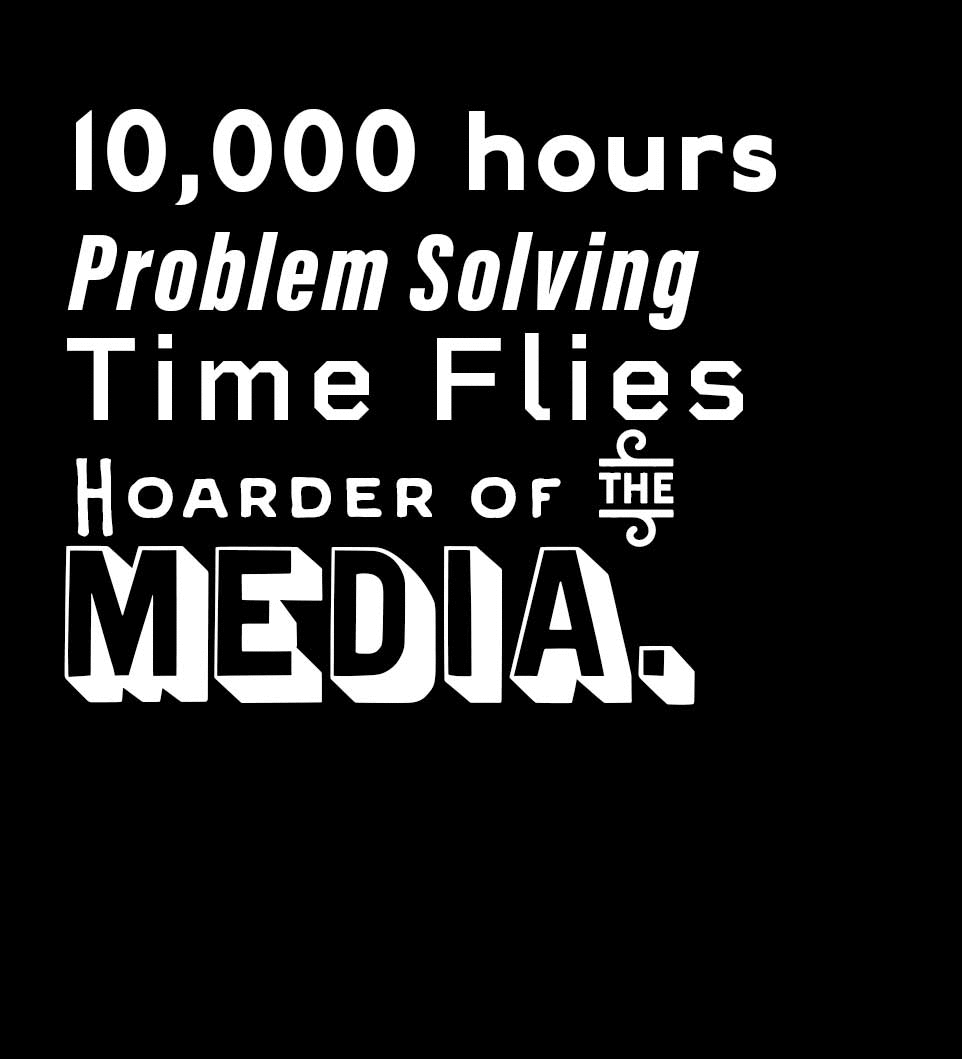Social Media Packages
Effectively managing social media can be tough, and a little too time consuming if you have other priorities.

When people talk, listen completely. Most people never listen.” ― Ernest Hemingway
“Listen before you speak,” was something I was taught growing up. Specifically, speaking may help you give knowledge to other people, but listening potentially enables you to learn (if the right people are in the room).
I recall being in a conference room with a group of people, which included some random media types and a close friend of mine (let’s call him “the producer”) as well as an “intern”. The intern (of course) interrupted the producer — upon which the intern was immediately asked to leave “Get the f$*k out of here do you really think you are going to say something more important than me”- The Producer. Arrogant? Perhaps. Accurate? Very. The intern should have been taking in the Producer- listening, learning, and figuring out how to get on my friend’s good side cause I have never seen the intern hired for a media gig since that moment.
I was also taught something called “mirroring” I don’t think this is standard social practice, but long story short while you are in conversation with a person- you repeat what they said back to them. Many manipulative things can be born from this mere effort on your part- but I like it because it’s a kindness- people know you are listening and feel valued. You also retain more of what you hear by repeating it (or so the saying goes when you meet someone repeat their first name to remember it).
So when it comes to being a “brand” on social media — if we don’t listen to our audience, we can’t know their needs or what they want or even connect with them.
So during COVID, It’s great to do some good. Figure out what people need, try to help as much as possible. But it’s also a great time to do some Social listening while you are socially distancing.
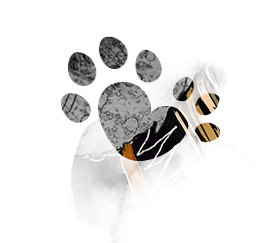
Hemingway was given a white six-toed cat by a ship’s captain. What an improvement extra toes (that’s special).
Too frequently, companies “guess” they don’t listen. This makes it easy to accidentally roll out content, products, or initiatives to the wrong audience or that have no demand in general. It’s also critical to look at the Industry you are in globally, not just conversations around your brand.
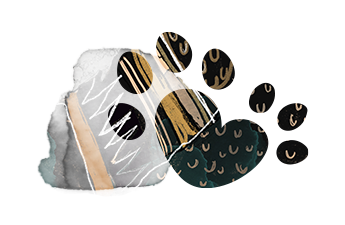
Hemingway believed in the individuality of each of his pets, professing a deep regard for what he called the “absolute honesty” of cats.
We have all heard of the Jaguar story. Jaguar had a test group that said Jags are the perfect car — there was nothing to improve. Then for years, no advancements were made on prototyping. Then BAM Jags sales go down, the car designers got way behind on trends, and eventually realized their “test group” just wanted to keep being positive. The test group thought if they kissed butt, they would keep getting hired to stroke egos. So Jags hired an external company to get unaffiliated people they could “listen to.” Jags bounced back with some killer car designs. May I point out- this was before the big social media boom. Test groups are still necessary, but social listening can provide you with diverse and accurate, unfiltered information.
Social Listening allows you to pick up on trends (before they become trends). To dialogue before things come to light, solidifying you as a thought leader.
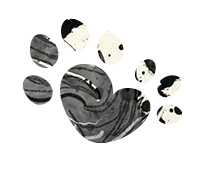
“One cat just leads to another” — Hemingway
With the rise of fake influencers and the removal of “likes” on various platforms being tested celebrity influencers have to justify their cost with data. These influencers typically come with a hefty price tag and throw a wide net with “likes” that doesn’t necessarily convert to sales.
If you observe your demographic and find a nano-influencer, you can potentially spend less money and target your audience more precisely and meaningfully. Smaller audiences of nano-influencers are more invested and “engaged” so they are more likely to take action if they see a post.
Identify Nano-Influencers within your industry and build a list. Contact the accounts on your list to coordinate partnerships.
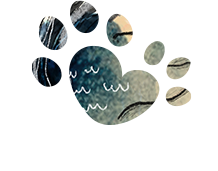
Key West is a small island — I’m betting all of those cats know each other.
Again- why go for anybody and everybody versus your target audience?
Also, gain a deeper insight than just focusing on “age.”
Your tribes might be business owners, teachers, artists, art lovers, writers, workaholics, minimalists, etc. They gather in collective spots, so take this time to find out where and who your people are.
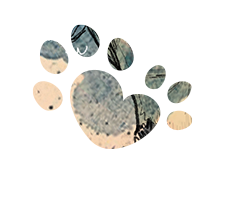
The Hemingway Home (and cats) is one of the top tourist spots in Key West.
Your competition will change over time.
A few years back- we had an unknown company duplicate our website (every page, image and word) to try and steal our leads. It’s totally illegal, and they are bad people. We were not listening or watching close enough. They were not on our radar- and it caused confusion with potential leads and took time and effort on our part to clean up.
We also have tools that allow our clients to “listen” to what people are saying about them, but at that time, we didn’t have those resources set in place for our own company.
There is no better time to socially listen to identify your competitors and perform a dashboard competitor analysis. Even if you aren’t super “competitive” its important- to have a read on your industry climate in general.

😺😺😺
If people on a given platform are not talking about anything relevant to the services your brand provides- it’s probably not your platform.
Some companies fair out great on LinkedIn or Medium.
One of our clients gets a majority of their leads on Pinterest.
Each platform deserves it’s own “type” of content, and every brand should speak accordingly, listen and weigh in on political, environmental, historical, or social issues (if it’s relevant to your brand and the platform).
Show accounts and people you are listening by repeating something you saw or read, responding in context- not just a Bot posting 20 smiley faces.
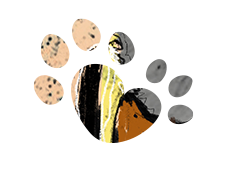
Sailors favored polydactyl cats, believing they were good luck.
Track frequently asked questions relevant to your brand, and formally answer the ones that your company can provide clarity on.
Listen to find out what people want and need. What can your company do to make people happy?
Do you have a Painkiller idea?
Create solutions and products that make the industry you are in better.
Hopefully, we won’t be social distancing too much longer, but while we do- we might as well listen.
Article by Becka Gruber
Effectively managing social media can be tough, and a little too time consuming if you have other priorities.
